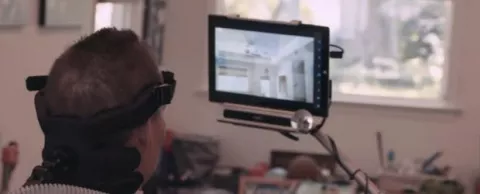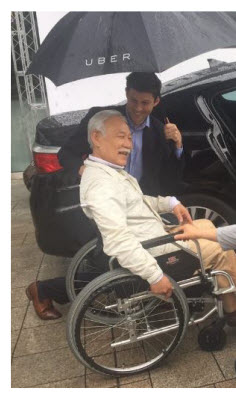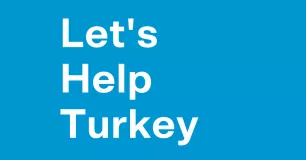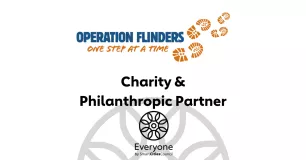
Recently we wrote about drones being used for humanitarian purposes – shedding a positive light on a technology not everyone is comfortable with. Same issue with robots; hardly a day goes by without a headline citing fears that they'll take jobs away from humans. And remember the outcry over Uber and similar services when they first rolled into cities? As you'll read below, like humans, technologies can do an amazing amount of good when put to the task. – Liz Enbysk
The co-founder of a London startup that offers care services for the elderly and disabled calls his firm's new arrangement with the National Health Service (NHS) and Uber a move that will "radically integrate care and transport through technology."

A smartphone app will help coordinate care, book rides and keep relatives informed; caregivers from the startup Cera will look after patients.
"This is an interesting and innovative proposal which will help raise awareness of the challenges faced by the vulnerable elderly, and those with specific conditions that are becoming increasingly common in our society," David Mowat, UK minister for community and social care, told The Guardian.
Some also believe the use of Ubers will reduce bedblocking and delayed discharges at NHS hospitals, relieving pressure on both patients and staff.
More enabling technologies
Consider other innovative ways technology can help elderly and disabled folks improve the quality of their lives:
- A virtual assistant for the disabled: Soul Machines, a spin-out venture from the University of Auckland, worked with people with a range of disabilities to develop an avatar named Nadia for the Australian National Disability Insurance Scheme. Voiced by Australia-born, Oscar-winning actress Cate Blanchett, Nadia is an online virtual assistant designed to empower people with disabilities to participate in an increasingly digital world, says Mark Sagar, who is CEO of Soul Machines and heads the University of Auckland’s Lab for Animate Technologies. "It showcases what can happen when you combine artificial intelligence with a very human user experience," Sagar says in a post on Voxy.co.nz. Nadia is expected to operate in a trial environment for a year before becoming fully operational.
Tech to overcome hearing and speech challenges: Arc Baltimore highlighted several assistive technologies for a piece on Technical.ly Baltimore. One is GoTalk Pocket, a wearable device that people with speech and language impairments can use to say their most-used phrases with a push of a button. Another is Bellman Personal Amplifier, designed to help people who have trouble hearing. It filters out noise around them, making it easier to hear words.
- Silicon rubber robots to help the infirm: Robotics researchers at the École Polytechnique Fédérale de Lausanne (EPFL) in Switzerland are developing soft, flexible, reconfigurable robots with muscle-like actuators made of silicon rubber. A Reuters article on the GMA Network explains that these robots could be used on the human body to help people with impaired mobility move around more easily. "If you only deal with rigid materials or heavy metal materials, you can imagine having something like that tight against your body, it doesn't really give or take if you push against it too far," said researcher Matthew Robertson. "With these materials you can push without hurting yourself in the process. If it applies the force in the wrong direction then you don't cause any unwanted injury."
- Using technology to empower people with ALS: The video below showcases Microsoft’s work to develop technology that can help people with amyotrophic lateral sclerosis (ALS), or Lou Gehrig’s disease. It stems from a challenge made to the software giant by former NFL player Steve Gleason, who was diagnosed with ALS and sought technology that could help him communicate more easily, play with his son and move his wheelchair independently.
#CCEOST#



